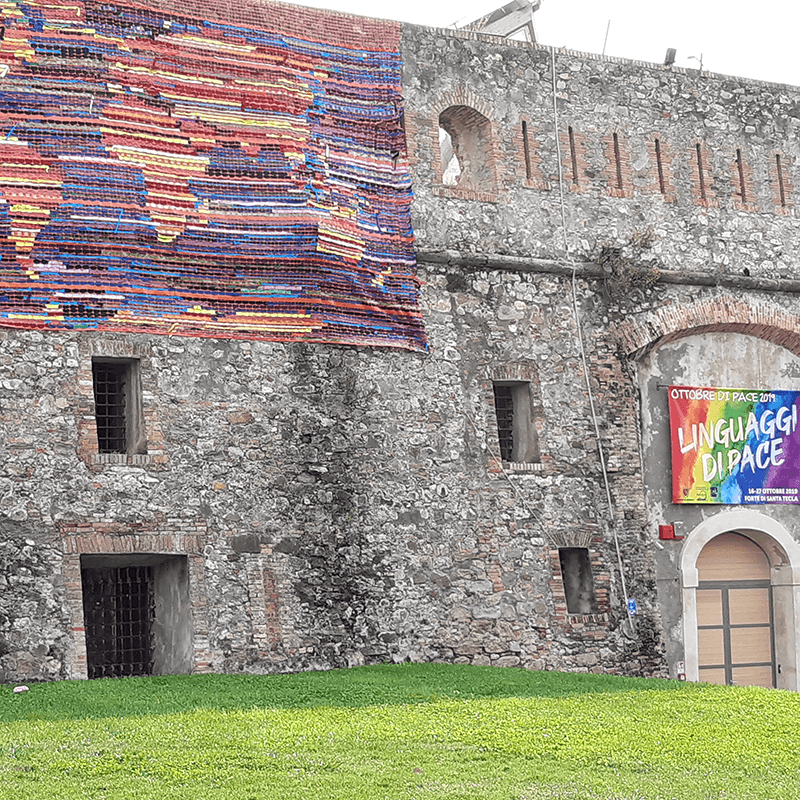By Maria Teresa Vacatello
What is MNR?
The MNR – Metodologia della Narrazione e della Riflessione (Narration and Reflection Methodology) is a structured practice of managing a classroom that aims to foster communication within it through individual reflection and group dialogue, conducted around prepared materials.
The MNR aims at the development of relational skills characterized by openness, willingness to listen, trust, respect for different points of view, sharing, appreciation of differences.
This should positively impact on each person’s resources to deal with difficulties in interpersonal relationships and to manage conflicts inside and outside the classroom.
How the MNR works
The MNR was developed after research conducted in 2002 and 2005 in North of Italy (Genoa) which highlighted the need for children of being heard and the sense of loneliness of the teachers in dealing with conflicts.
Thus, the MNR consists of a session (100-120 minutes). Two teachers (facilitator and observer) should be present. The session is structured in different phases.
- Individual reading of a sheet in which a text presents a conflicting situation.
- Small group guided reflection on the situation presented in the text. The sheet also presents a set of questions, that the students can discuss.
- Focus group phase: the students, in a plenary session, discuss the situation of the text, facilitated by the teacher.
- Restitution session: the teacher will summarize the different points that emerged during the discussion.
The focus group transforms the reflection into a confrontation operation, based on problematization, investigation, and dialogue, and promotes the cognitive process of the class group as a research community.
Key aspects
- It is not possible to indicate a priori the course of the focus group, as it depends on infinite variables, individual situations and the group dynamics that manifest themselves. The facilitator can only recall the general rules of group management like speaking turns.
- The facilitator’s conduction style is very important: it should obtain the attention and willingness to listen to each other, trying to get all or most of the students to intervene, making his/her stimulus a facilitating and not a barrier effect.
- The facilitator must avoid a directive style and should follow a Socratic style of facilitation, which enhances the group’s resources and creates equal and widespread participation.
- The facilitator should stand in the center of the classroom near the students, to initiate equal communication. He/she should manage non-verbal communication: smiles, plays, gives word, to communicate active listening, questions, empathizes with the group.
- The facilitator must be flexible to adapt to various situations.
A very flexible tool
The MNR was born in the school setting but, over the years, it has been used to address issues or problems of various kinds, especially with parents.
The MNR has been and will be used to support school inclusion, prevent discomfort and drop-out in schools and develop pathways for citizenship/civic education. It has also been used for Pathways to Orientation and Transversal Skills (PCTO).
During the COVID emergency, the use of the MNR as a supplementary activity to the online didactic was successfully experimented, although on-site presence in the MNR techniques remains a prerequisite.
More information available here.
Other resources here.
References
Promuovere la socialità a scuola – La Metodologia della Narrazione e della Riflessione, Randazzo G., Peccenini R., Russo M., Vacatello M.T., Edizioni scolastiche, Bruno Mondadori, Milano, N°23, giugno 2009, da p. 11 a p.14.


